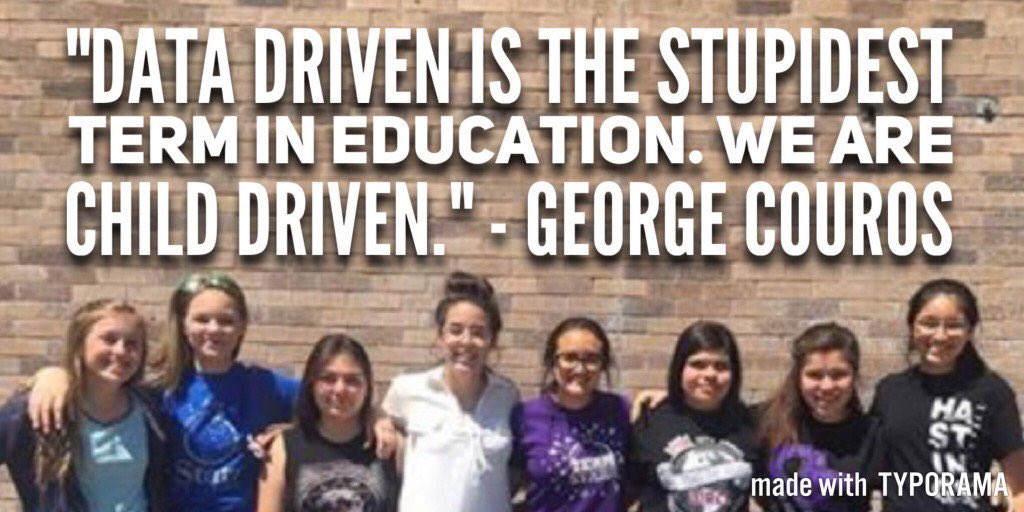Over the past year I have taken several steps to encourage greater deliberation in my classes. In a country increasingly plagued by a general lacking in the ability to engage in reasoned dialogue, our classrooms are the ideal place to promote this crucial skill in our students. In past posts (
2/2018 &
1/2018) I've detailed a few of my favorite strategies for deliberation; in this post I will discuss one more, a new spin on an often used classroom activity- bracketeering.
Brackets have been in use for ages, and have been used as a classroom strategy for almost as long. Particularly, it seems, in social studies classes, brackets can be an effective method to encourage students in valuing anything from battles to individuals to movements. Brackets have become used so much that, to be honest, I've strayed away from them in the past. But, when used effectively, a bracket type of lesson can work well, especially when trying to encourage deliberation.
In this lesson, which was focused on a senior-level government course studying civil rights and civil liberties, students were asked to research a landmark court case. We have always done something similar in the past on this topic, but in the past it has generally been a research paper followed by a presentation. And while there is nothing wrong with a research paper, I wanted to bring a more deliberative element into the lesson.
Students picked from a list of landmark cases, and had a few days to complete background research. While researching, students were asked to complete a brief information sheet, which guided their study through the use of "essential questions". These questions focused on the background, finding, rationale, and overall importance of the case. Students were also asked to prepare a short presentation on their chosen case. In this presentation, students were challenged to approach the effort as a sales pitch, to stress the importance of the case to the other students in class. While their classmates presented, students were asked to keep a note sheet on the cases, for accountability, but more so that each student would have a guide to help in filling out their bracket.
After presentations came the brackets. Building the bracket itself, and then obtaining a "winning" bracket, was the source of the biggest legwork on the teacher side of preparation. Done beforehand, cases were separated into "regions", and then seeded. Seeding the cases proved difficult, and I'll admit, likely reflect personal bias in my own definition of impact. Once the bracket was built, I sent it to five trusted professionals throughout the country (most of which I have gotten to know through Twitter), who's personal brackets were collated into a master bracket.

Students were encouraged, as they filled in their own brackets, to converse with their classmates, and it was a joy to see the disagreements that rose from certain selections. Students often were forced to justify a decision made within a matchup, and it was in that effort that my students really shined. The act of discussing an opinion with someone else, and backing up that opinion with reasoned evidence, is the goal, and I was truly excited to see this lesson lend to that kind of deliberation. Later in the semester several of these cases showed up on a final exam, and the class average on that section was an 87%, suggesting that this strategy not only advanced deliberation but also retention!
As we finished the lesson, students were asked to write a short position paper to justify their "Final Four" and the case they picked to win. After reading these it was clearly evident that the level of understanding, both of particulars of the case but also the impact of the case, was significantly higher than it had been using the old method. For more on this lesson plan, and other great lesson ideas for social studies teachers, make use of the "
Social Studies Collaborative Drive"!



